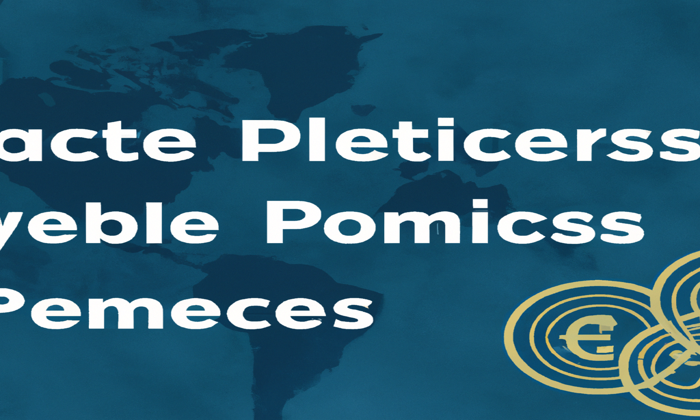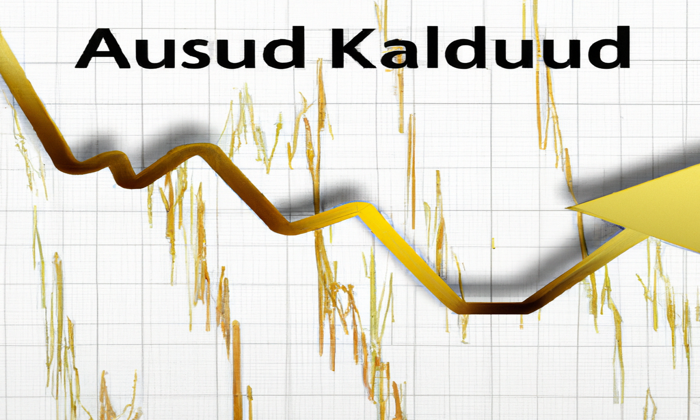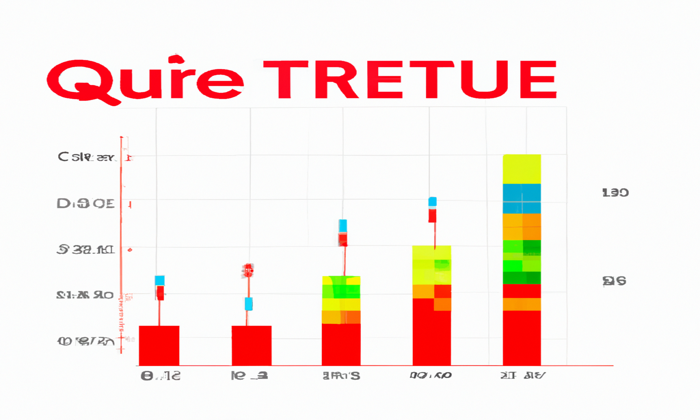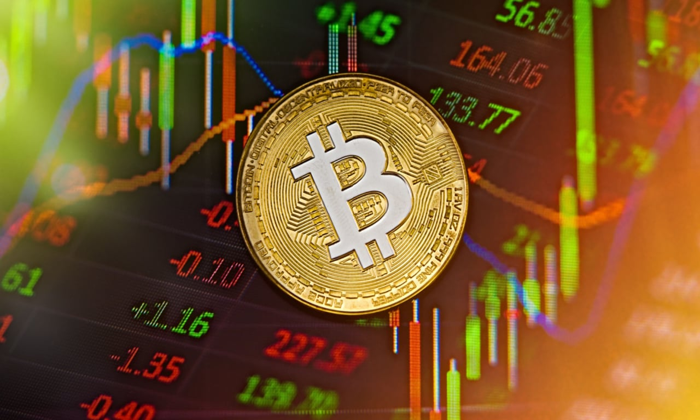Circle, the issuer of the USDC and EURC stablecoins, is set to revolutionize the financial landscape with the launch of its global payments network. This innovative Circle global payments network aims to enhance cross-border transactions by allowing financial institutions to operate with regulated digital currencies, thereby simplifying the remittance process. By leveraging the stability of well-established stablecoins, it addresses the longstanding challenges of high fees and slow transactions that frequently plague international payments. With participation from major banks and fintech firms, this network is designed to create a seamless connection for users worldwide, ensuring faster and more secure money transfers. As businesses increasingly look for efficient solutions, the Circle global payments network represents a significant advancement in the realm of financial technology.
The upcoming payment and remittance system proposed by Circle is set to transform the global money transfer process. By utilizing stablecoins like USDC and EURC, this system targets inefficiencies in international transactions, particularly addressing the needs of users in emerging markets. With a focus on instant settlements and reduced costs, this financial network will enhance connectivity between banks, fintech providers, and digital wallets. Beyond the immediate benefits to consumers, this approach to financial interoperability is paving the way for a more decentralized and programmable financial ecosystem. As the demand for faster and more reliable remittance solutions grows, Circle’s initiative emerges as a timely and essential development in the global financial landscape.
The Rise of Circle’s Global Payments Network
Circle’s new Global Payments Network (GPN) marks a pivotal shift in the payments landscape, encompassing the innovative use of USDC and EURC stablecoins. This initiative aims to simplify international remittances and cross-border transactions, facilitating real-time bank settlements without the cumbersome process of multiple intermediaries. By leveraging the strengths of regulated stablecoins, Circle is set to enhance financial access, especially in regions that historically face high fees and prolonged transaction times.
As the demand for efficient digital payment solutions grows, financial institutions are increasingly looking to become part of the Circle Payments Network. The GPN promises to revolutionize how banks and fintech firms handle remittances and treasury operations. By utilizing robust compliance measures like KYC and AML, Circle is not only ensuring security but also welcoming a wide range of participants to build a more inclusive financial ecosystem.
Enhancing Cross-Border Transactions with USDC and EURC
USDC and EURC are at the forefront of Circle’s payments strategy, driving the transformation of cross-border transactions. These stablecoins offer a stable and secure means of transferring value, removing the volatility often associated with cryptocurrencies. By integrating these digital assets into the financial framework, Circle facilitates faster settlements that can transform international trade and remittance flows, making it easier for businesses and individuals alike.
In contrast to traditional banking methods that are often slow and bureaucratic, the use of USDC and EURC within the Circle Global Payments Network is designed for speed and efficiency. Businesses engaging in international transactions can manage their payments on a 24/7 basis, minimizing delays significantly. This efficiency is expected to bolster the effectiveness of cross-border trade, thereby making global commerce more accessible than ever before.
Transforming Remittances in Emerging Markets
The introduction of the Circle Payments Network has profound implications for remittance flows, particularly in emerging markets where access to financial services is limited. High fees and long wait times have long plagued individuals sending money across borders, but Circle’s initiative aims to change that. By utilizing USDC and EURC for remittances, users can enjoy lower costs and real-time transactions that empower individuals and families alike.
Moreover, the collaboration with local partners like dLocal and Flutterwave enhances the accessibility of the Circle Global Payments Network. These partnerships are crucial for breaking down barriers and facilitating smooth transitions for users in various regions. As remittances are a vital lifeline for many in developing economies, Circle’s approach will likely promote greater financial inclusion and economic stability in these markets.
Creating Opportunities for Financial Institutions
The Circle Payments Network not only supports individual users but also opens new doors for financial institutions. As banks and fintech companies join this ecosystem, they can harness the power of USDC and EURC to offer innovative financial products and services. With real-time cross-border capabilities, institutions can streamline operations and improve their competitive edge in the global market.
Additionally, the involvement of major banks like Banco Santander and Deutsche Bank signifies an industry-wide recognition of the need for transformation in payment systems. By participating in the Circle Global Payments Network, these institutions can enhance their service offerings and tap into new revenue streams that arise from the burgeoning digital currency space.
Building a Programmable Financial System
Circle’s vision extends beyond simple transactions; it aims to create a programmable financial system capitalizing on the capabilities of smart contracts. With this infrastructure in place, businesses will be able to build tailored financial tools directly on the Circle Payments Network, which not only enhances automation but also fosters innovation in payment solutions.
The ability to act on real-time data and automate various functions through smart contracts will lead to unprecedented efficiencies. As financial institutions and developers leverage these opportunities, the overall pace of innovation within the payment ecosystem is expected to accelerate, ushering in a new era where financial workflows are seamlessly integrated with cutting-edge technology.
Regulatory Compliance as a Cornerstone
Navigating the complex regulatory landscape is a critical aspect of the Circle Payments Network. The emphasis on compliance with KYC and AML regulations not only safeguards users but also instills confidence among financial institutions looking to participate. As Circle partners with established banks to build out the network’s compliance architecture, it sets a standard for accountability and security in the burgeoning stablecoin market.
The proactive stance taken by Circle towards regulation could prove pivotal as the crypto landscape evolves. By aligning with regulatory frameworks, the Circle Payments Network paves the way for more stable and reliable transactions, encouraging wider adoption of stablecoins like USDC and EURC among not only consumers but also businesses and financial institutions.
Partnerships Driving Innovation
Circle’s collaboration with other key players in the financial sector underscores the necessity of partnerships in the development of the Circle Payments Network. Working alongside fintech innovators and traditional banks alike, Circle is creating a robust framework that enhances global payment ecosystems, allowing for greater integration and access to local markets.
These partnerships, including those with companies like Standard Chartered and Fireblocks, are essential for building a comprehensive payment solution that meets the unique needs of different regions. By pooling resources and expertise, Circle and its partners are setting the stage for a more interconnected and efficient financial landscape.
The Future of Banking in a Digital Age
As the Circle Payments Network prepares for its limited launch, the implications for the banking industry are far-reaching. The shift towards digital payments, driven by innovations in stablecoins, represents a significant evolution in how banks operate. Financial institutions must adapt to this new reality, incorporating digital currencies into their services to meet the changing demands of consumers.
The evolving regulatory climate in the U.S. further emphasizes the urgency for banks to embrace digital transformation. As firms like Circle, Coinbase, and others seek banking licenses, traditional banks must remain competitive by embracing technology and exploring collaborations. This transition could well redefine what banking looks like in the years to come, with digital assets at the forefront.
Global Implications of Circle’s Initiative
The launch of the Circle Payments Network has global ramifications, potentially reshaping how countries engage in trade and financial exchanges. By simplifying cross-border transactions and providing real-time access to funds, Circle is not only aiming to eliminate inefficiencies but also fostering a more interconnected global economy. This creates opportunities for businesses to expand beyond their local markets.
Moreover, as Circle works to establish a universally accepted payments network, it stands to benefit from the rise of digital currencies worldwide. The integration of USDC and EURC is expected to foster greater acceptance of stablecoins in everyday transactions, influencing how companies and individuals view currency in an increasingly digital world.
Frequently Asked Questions
What is the Circle global payments network and how does it utilize USDC and EURC stablecoins?
The Circle global payments network, also known as the Circle Payments Network (CPN), is a new system designed to facilitate real-time, cross-border transactions using regulated stablecoins such as USD Coin (USDC) and EUR Coin (EURC). This network streamlines international payments, reducing intermediaries and operational fees while enhancing compliance and security.
How does the Circle Payments Network improve cross-border transactions for financial institutions?
The Circle Payments Network enhances cross-border transactions for financial institutions by enabling direct, instantaneous transfers with minimal fees through the use of USDC and EURC stablecoins. CPN leverages robust compliance standards, including KYC and AML procedures, ensuring secure and efficient transactions.
What are the main benefits of using USDC and EURC stablecoins within the Circle global payments network?
Using USDC and EURC stablecoins within the Circle global payments network offers several benefits, including lower transaction costs, faster settlement times, and enhanced security due to compliance with regulatory standards. These stablecoins facilitate seamless remittances and treasury operations for businesses.
Who can participate in the Circle global payments network and what are its limitations?
Participation in the Circle global payments network is open to licensed financial institutions globally. While it aims to offer extensive service capabilities, initial access may be limited as the network is set to launch in a restricted capacity in May 2025.
What role do partnerships play in the development of the Circle Payments Network?
Partnerships are crucial to the development of the Circle Payments Network, as companies like Banco Santander, Deutsche Bank, and other fintech firms collaborate to establish the network’s architecture and compliance. These alliances facilitate the integration of local currency access points and enhance the network’s efficiency.
How does Circle envision the future of the global payments network and its impact on remittances?
Circle envisions the global payments network as a backbone of a programmable and always-on financial system. By leveraging USDC and EURC stablecoins, the network aims to revolutionize remittances, making them faster, cheaper, and more accessible for users across the globe, especially in emerging markets.
What technology supports the operations of the Circle global payments network?
The Circle global payments network employs technology such as smart contracts and modular application programming interfaces (APIs) to allow developers to create financial tools and workflows directly within the network, streamlining various financial operations including payroll and cross-border transactions.
When is the Circle global payments network expected to launch, and what opportunities will it create?
The Circle global payments network is expected to launch in a limited capacity in May 2025. This launch will create opportunities for licensed financial institutions to engage in efficient cross-border transactions, paving the way for innovative financial products and improved remittance services.
| Key Point | Details |
|---|---|
| Launch of Circle Payments Network | Designed to streamline cross-border payments using USDC and EURC stablecoins. |
| Collaboration with Major Banks | Partnerships with Banco Santander, Deutsche Bank, Société Générale, and Standard Chartered for network architecture and compliance. |
| Improvement Over Current Systems | Addresses inefficiencies like slow settlement and high fees in traditional international payments. |
| Use Cases | Supports treasury operations, payroll, remittances, and business payments. |
| Launch Timeline | Limited launch expected in May 2025 for licensed financial institutions. |
| Vision of Circle | Aims to make transferring money as simple as sending an email, creating a programmable financial system. |
Summary
Circle Global Payments Network aims to revolutionize the way financial transactions are conducted across borders by leveraging the advantages of regulated stablecoins. With its innovative architecture and partnerships with key financial institutions, Circle is setting the stage for fast, secure, and efficient global payments. This initiative is a promising development for the crypto and financial sectors, facilitating smoother transactions and increased access to financial services, especially in emerging markets.
Circle global payments network is poised to revolutionize the way institutions engage in cross-border transactions. By leveraging the power of USDC and EURC stablecoins, Circle aims to provide seamless and efficient remittances for financial institutions. This innovative payment network is set to connect various entities including banks and fintech firms, enhancing the speed and reducing the cost of global payments. With a focus on real-time settlement and robust compliance standards, the Circle global payments network addresses the inefficiencies and complexities that have long plagued international finance. As it prepares for its launch, this network promises to simplify financial workflows and transactions for users across the globe.
The upcoming launch of Circle’s comprehensive payment and remittance infrastructure marks a transformative shift in the landscape of international finance. With the introduction of regulated stablecoins such as USD Coin (USDC) and EUR Coin (EURC), this platform aims to facilitate swift and cost-effective cross-border transactions, changing the way remittances are handled. Additionally, financial institutions and fintech companies will benefit from an interconnected framework that emphasizes compliance and security in transactions. By streamlining operations and reducing dependency on traditional banking intermediaries, this new network holds the potential to enhance the efficiency of global financial operations. As the world increasingly moves towards the digitalization of finances, Circle’s innovative approach is set to play a pivotal role.















